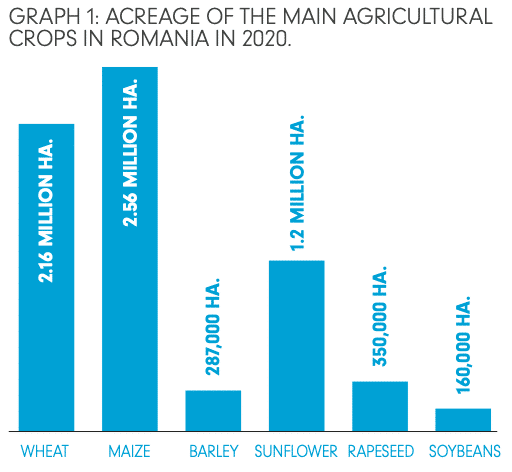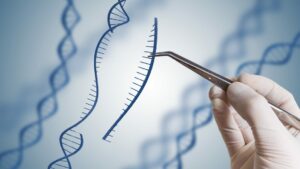Romania is one of the most important EU countries in terms of agricultural potential. The temperate continental climate, as well as the special quality of the soil in many regions, have made agriculture one of the main economic activities in the area.
According to historical sources, two millennia ago, wheat crops in the north of the Danube were famous, as were flocks of sheep. Romania’s relief is very balanced, being divided into almost equal parts between mountains, hills, and plains. Also, the rich hydrographic network makes farming relatively easy.
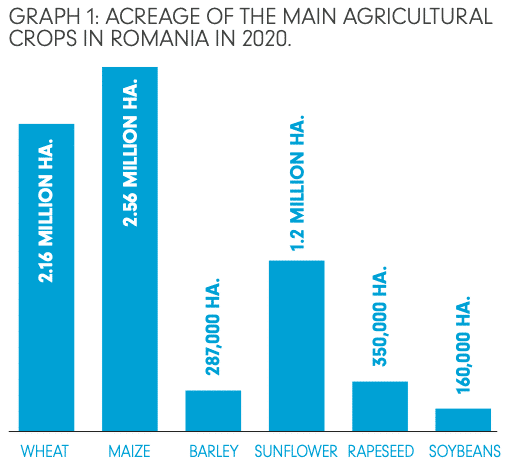
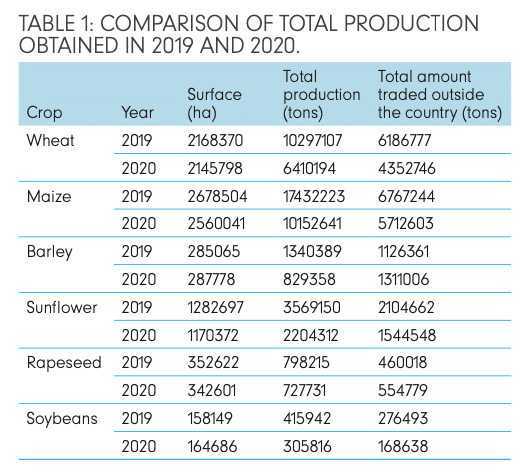
Lack of Irrigation and Extreme Polarization
An essential problem of Romanian agriculture is the lack of sufficient irrigation systems. In the south (especially along the Danube), such systems were developed, but in the rest of the territory they are rare and inefficient.
At the beginning of this year almost 1.3 million hectares of arable land were arranged for irrigation, but until March there were contracts concluded for only 681,397 of them, according to the data provided by the Ministry of Agriculture and Rural Development.
Under these conditions, it is not surprising to see the variation in production, from one year to another, depending on rainfall (see Table 1). The year 2020 was characterized by a severe drought, compared to the previous one, when the precipitation regime was normal.
Another major feature of Romanian agriculture is the extreme polarization. A little less than 1,000 farms are larger than 300 ha and occupy more than 40 per cent of the agricultural area, equal to the other side of the spectrum, which comprises around 790,000 subsistence households. The remaining 20 per cent of the agricultural territory is taken up by about 1,700 medium farms, with areas between 30 and 300 ha.
The largest agricultural holding in the European Union is in Romania, the Great Island of Brăila, which measures 56,000 hectares.
All these listed characteristics make the agricultural activity in Romania very diversified. Each type of farm has its specific needs, which determines the need for great flexibility of those who provide inputs.
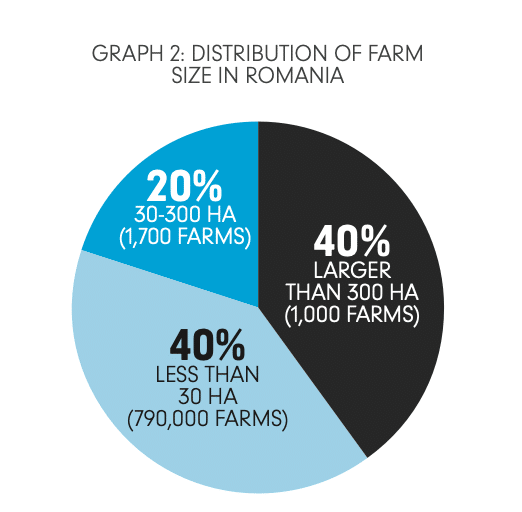
A Long Tradition of Seed Production
Obviously, no agricultural production is possible without seeds. In fact, seed production has taken place in Romania since ancient times. In 1789, the first agricultural school, organized for the workers of an estate in Banat, is documented. As early as 1838, “tillage and home economics” was introduced as a mandatory topic in village schools, and the first agricultural higher education institutions were established in 1838.
In the 19th century, several agronomists developed new varieties and hybrids, or improved existing ones. This preoccupation has become a constant of the Romanian research activity, whether by the Academy of Agricultural and Forestry Sciences, the research institutes, or by the Universities of Agricultural Sciences from Bucharest, Ia»ôi or Cluj.
With the integration of Romania in European Union, in 2007, the activity in the field of research and production of seed material became richer. Romania’s position on the eastern border of the European Union, in the vicinity of large non-EU agricultural producers, such as Ukraine, the Russian Federation and Belarus, has attracted large investors. In Romania, they were able to benefit from the advantages of European regulations, but also were able to offer their products to these large world producers, at competitive prices. The big international players have positioned themselves, through local branches, in Romania.
AISR, 10 Years of Activity
Under these conditions, in 2012, the Alliance of the Romanian Seed Industry (AISR) was established, as a professional organization of a part of the companies working in the field. The association currently has ten active members: Alta Seeds, Bayer, Corteva, KWS, Lidea, Limagrain, Mas Seeds, RAGT, Soufflet Agro and Syngenta. To these are added, as honorary members, the National Institute for Research and Development of Agriculture from Fundulea and the Porumbeni Institute of Phytotechnics, from the Republic of Moldova.
AISR has the character of a private, professional, independent, non-governmental, non-profit, apolitical association and has legal personality, governed by civil law. Its program of activities, its priorities and its actions are decided in a General Assembly, attended by a proxy of each member company. A board of directors is elected to coordinate the current activity, composed of a president, two vice-presidents and a treasurer, who have two-year terms. The current board of directors is composed of Corteva, represented by Maria CârjƒÉ, as chairman, Bayer, and Syngenta, represented by Ana Gheorghiu and Andrei MƒÉru»õescu respectively, vice-presidents and Mas Seeds, as treasurer, represented by Patrick Lafon.
The day-to-day activity is provided by the executive manager, employed by the Board of Directors.
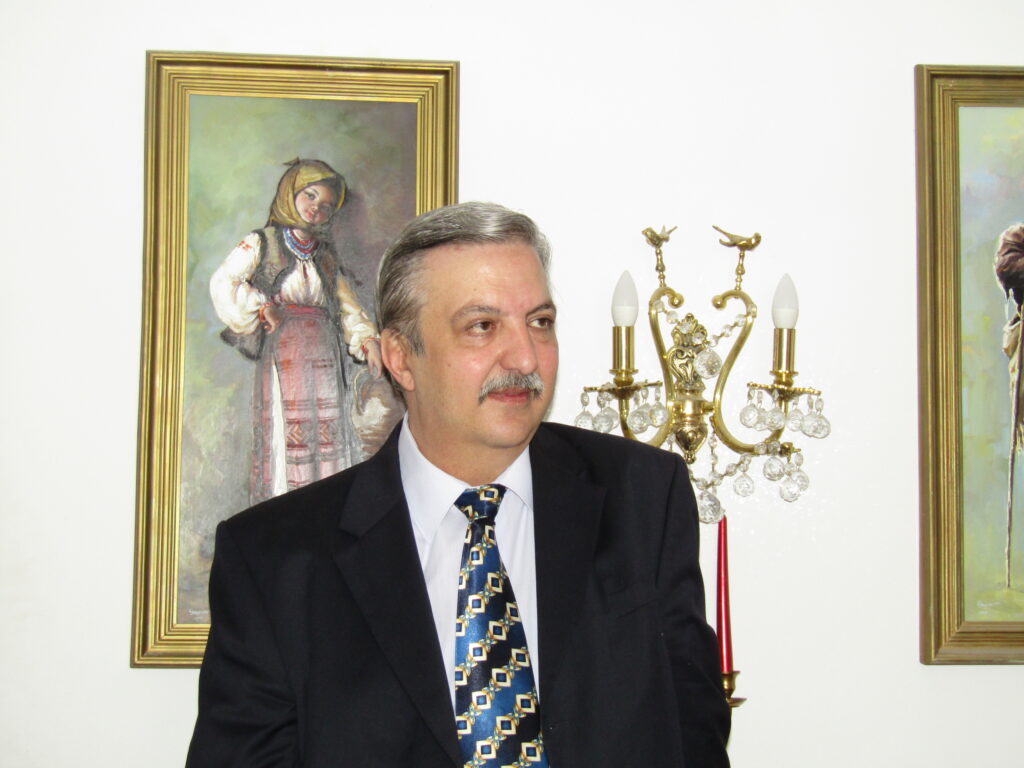
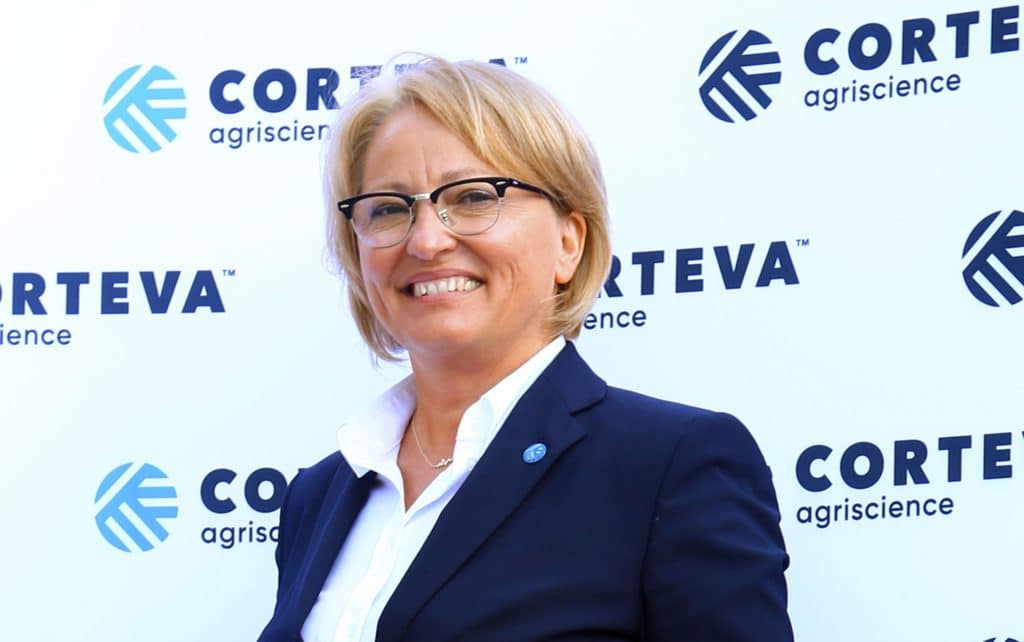
In Service of Farmers and Seed Producers
Since its establishment, AISR set two categories of objectives.
The first was to convince farmers of the benefits of certified seeds and to get them to use such seeds as widely as possible. Now, after 10 years of activity, we can proudly say that over 70 per cent of Romanian farmers and all large farmers use certified seeds. To reach this point, many conferences, symposia, demonstration fields and more have been held to showcase the benefits. In fact, at one point, it was necessary to work with the police and even private detectives to combat the trafficking of counterfeit seeds.
The second category of objectives includes the creation of a framework conducive to the development of seed production in Romania. To this end, meetings were held with representatives of state institutions, especially the Ministry of Agriculture and Rural Development, but also with parliamentarians. The aim was to improve the specific legal framework or to resolve certain issues, such as obtaining emergency approvals for the temporary use of banned substances in the EU.
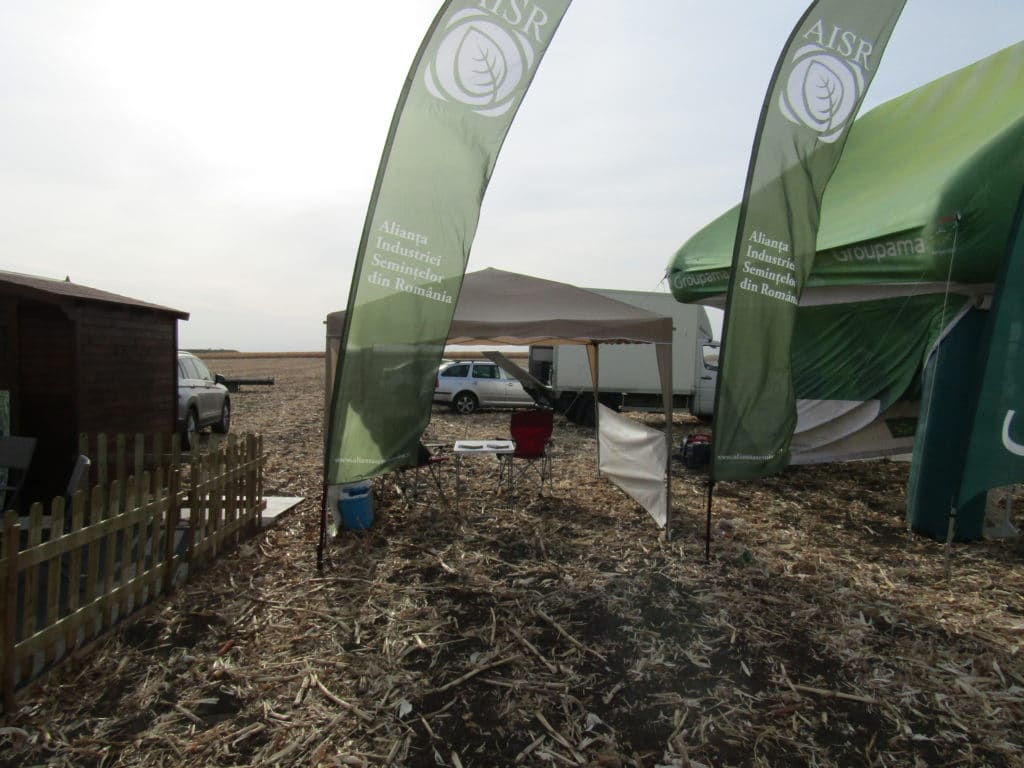
Collaboration, the Key for Better Results
In its activity, AISR collaborated first with farmers and with other representative organizations of Romanian agriculture. Among them are AgrobioTechRom, an organization that promotes biotechnologies and which is a member of CropLife Europe, AIPROM, an organization of producers of plant protection substances and the Romanian Corn Producers Association, to name just a few. AISR also had a close collaboration with scientific institutions, including the Academy of Agricultural and Forestry Sciences. Thus, AISR was able to have a stronger voice.
In the international arena, the association has collaborated with similar organizations from other countries on various topics. AISR’s affiliation with EuroSeeds is very important. Thus, Romanian seed producers can act synergistically with their European counterparts.
Participating in the annual EuroSeeds Congress is an excellent opportunity to have interesting contacts with colleagues from other countries, to find out what the regulations are there and how some issues are resolved.
Romanian Farmers are Happy to Remember the GMO Experience
One of the topics of great importance, and which has remained relevant for the last 20 years, is GMOs. Until 2007, when Romania was not a member of the EU, Romanian farmers cultivated genetically modified soybean hybrids, with simple technologies, but with good results. After joining the EU, this was no longer possible due to the regulations in force. Old farmers have become supporters of GMOs, as have researchers in agricultural research institutes who have participated in programs to obtain and test GMOs. The fact that they had the opportunity to work with these hybrids made them see with their own eyes the concrete benefits and not just know them theoretically.
The scientific community in Romania, led by the President of the Academy of Agricultural and Forestry Sciences, Prof. Valeriu Tabără, strongly and unequivocally supports the use of new breeding techniques (NBTs), including genomic editing. In recent years, senior officials from the Ministry of Agriculture have also argued in front of European decision-making forums that farmers need to be allowed access to these new techniques. Regarding the issue of new genomic techniques, it is important to note that in Romania there are, at least so far, only weak voices against.
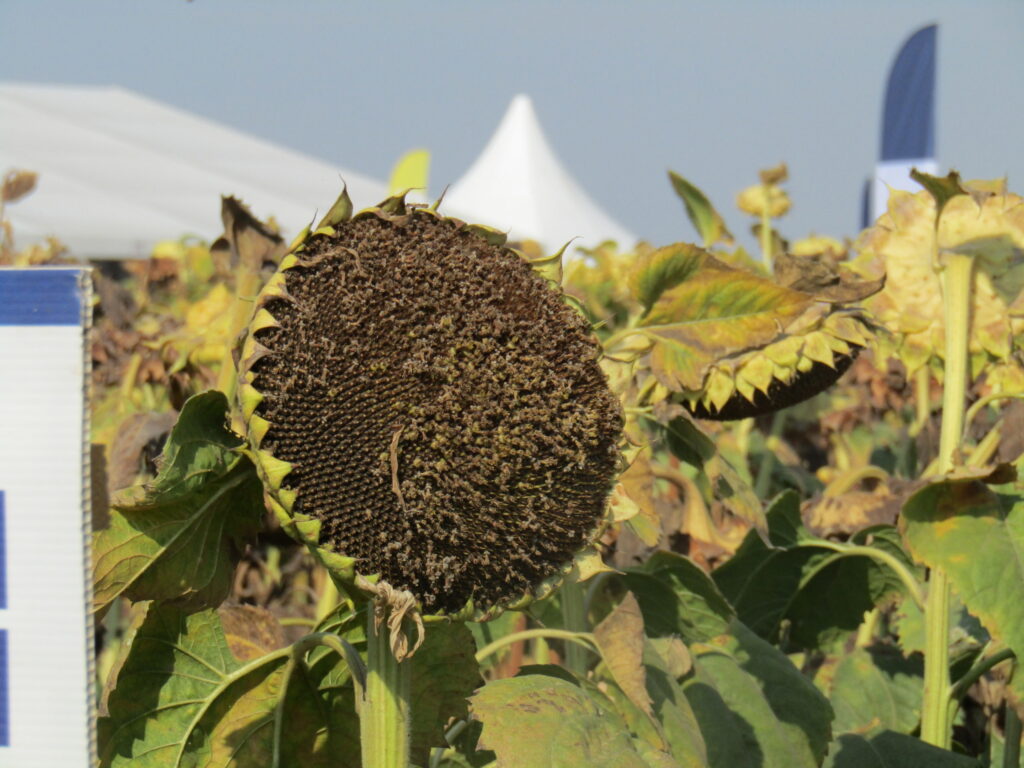
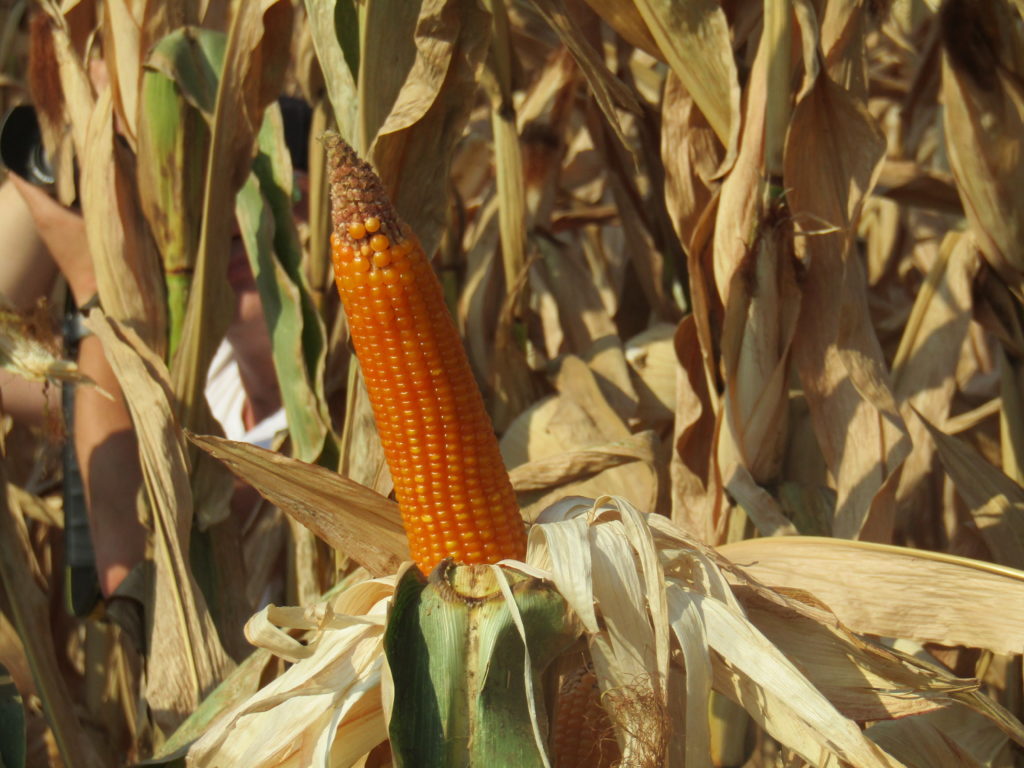
AISR Looks Fearlessly Into the Future
We can say that in Romania the seed industry is a strong sector, in full development. In 2021 companies such as Lidea and Soufflet Agro have opened new high-capacity seed treatment plants. These are in addition to those already inaugurated by Bayer and Corteva a few years earlier. Please note that all the stations mentioned are considered among the largest in this part of Europe.
Based on all these facts, we consider ourselves ready, together with our European colleagues, to make an important contribution to fulfilling the better aspirations of farmers and citizens in general.
Editor’s note: Alexandru Grigoriev is Executive Manager of the Alliance of the Romanian Seed Industry (AISR)
CALLOUTS
In Romania, many seed companies were able to benefit from the advantages of European regulations, but also were able to offer their products to other large world producers, at competitive prices.
Over 70 per cent of Romanian farmers and all large farmers use certified seeds.
Old farmers have become supporters of GMOs, as have researchers in agricultural research institutes who have participated in programs to obtain and test GMOs. They had the opportunity to work with these hybrids and saw with their own eyes the concrete benefits and not just know GMOs theoretically.
Read More About Romania and Border Countries:
Battling Counterfeit Seeds: A Closer Look at the Romanian Seed Industry
How Equivalent is Ukraine? Seed Certification at the Borders of Europe
High Prices Lead to Increase in Oilseed Rape Acreage Across Europe


